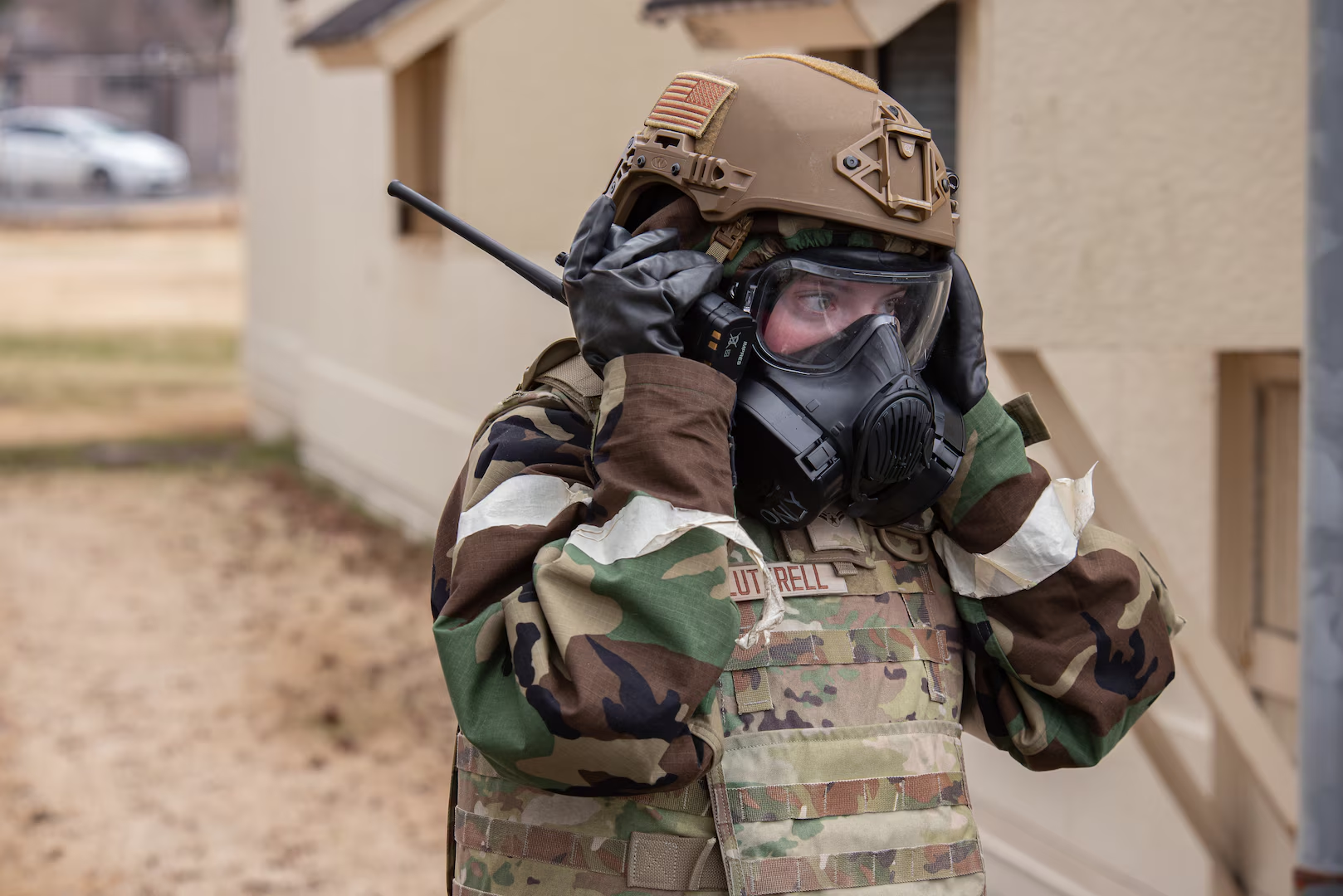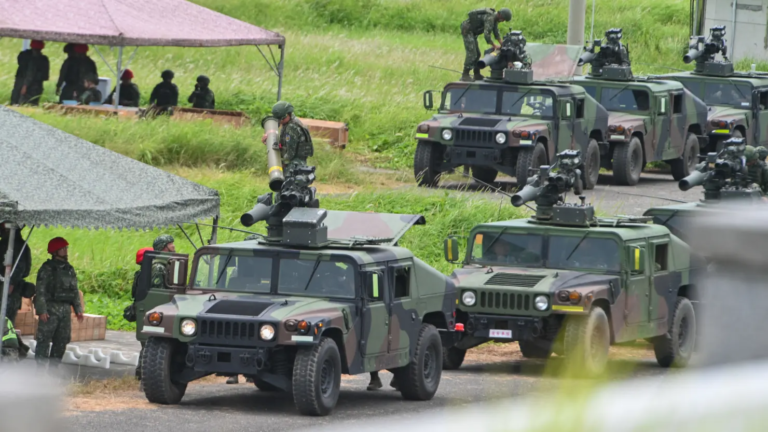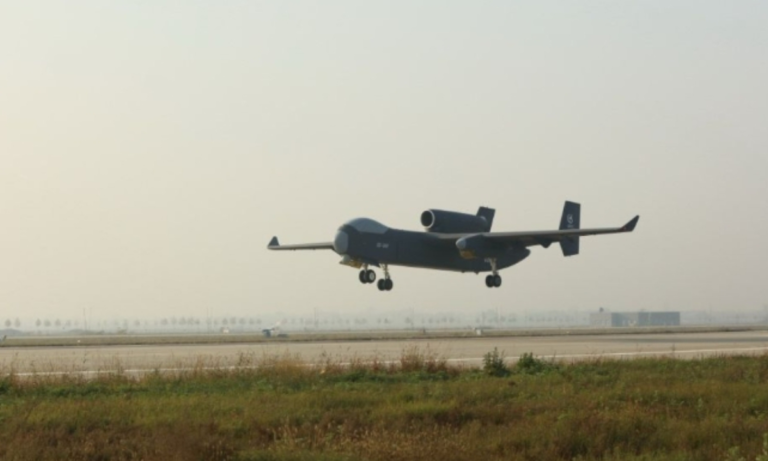
Japan – Airmen from the Air National Guard 151st Wing, 144th Fighter Wing and 113th Wing; the Air Force Reserve 301st Fighter Wing, 910th Airlift Wing and 433rd Airlift Wing; and Active-Duty 35th Fighter Wing components have come together for Exercise Beverly Sunrise, a full-scale chemical, biological, radiological and nuclear defense training event.
Over two weeks in March, these Total Force Airmen work side by side to bolster joint capabilities, refine warfighting readiness and enhance CBRN response in a contested Indo-Pacific environment.
As global threats evolve, detecting, assessing and neutralizing CBRN hazards is essential to sustaining combat airpower. Beverly Sunrise reinforces Total Force interoperability by integrating Air National Guard and Reserve emergency management teams into Active-Duty operations.
“Exercise Beverly Sunrise reinforces Total Force integration, uniting Air National Guard, Air Force Reserve, and Active-Duty personnel to execute and enhance CBRN readiness in the Pacific,” said Senior Master Sgt. James Mulhall, installation emergency manager, 35th Fighter Wing, Misawa Air Base. “This collaboration between Guard, Reserve and Active-Duty forces maximizes operational effectiveness, ensuring a synchronized and rapid response to any CBRN threat in the battlespace.”
This exercise places Airmen in realistic, high-intensity scenarios that replicate the operational environments they may encounter in war. Airmen must rapidly respond to simulated CBRN attacks, conduct reconnaissance in contaminated areas and execute decontamination procedures under battlefield conditions.
This exercise is a direct demonstration of combat deterrence, reinforcing the Air Force’s ability to continue operations despite enemy use of chemical, biological, radiological or nuclear attacks.
The reconnaissance teams, comprised of Total Force Airmen, were critical in detecting and assessing threats. Airmen in full protective gear navigate contaminated environments, collect samples and relay intelligence to the Wing Operations Center. This process enables commanders to make informed decisions, execute force protection measures, and launch aircraft without hesitation.
“Our reconnaissance teams are the eyes on the ground, collecting critical data from potentially contaminated areas to give commanders an accurate picture of the threat,” said Master Sgt. Ken Church, emergency manager, 151st Wing, Utah Air National Guard. “Without their assessments, we are operating in the dark. Their work allows leadership to make informed decisions on force protection, sustain combat operations, and neutralize hazards before they escalate into mission-critical threats.”
A defining element of Beverly Sunrise is the combination of Air National Guard and Reserve forces into Active-Duty CBRN operations. The Guard and Reserve bring highly skilled emergency managers, many with civilian-sector expertise in hazardous materials response, firefighting and emergency operations. Their ability to seamlessly integrate with Active-Duty counterparts strengthens the Air Force’s CBRN response capability.
Misawa Air Base is a critical power projection hub, enabling the Air Force to launch and sustain combat operations across the Pacific theater. Training in CBRN-contested scenarios at this location ensures that Airmen are fully prepared to operate in the environments adversaries hope to exploit.
“Our adversaries closely monitor our training and operations, mine our data, and are looking for gaps they can exploit,” said Mulhall. “Exercises like Beverly Sunrise sends a clear message: We are not only watching but also ready.”
Total Force Airmen are actively enhancing Chemical, Biological, Radiological, and Nuclear (CBRN) readiness in the Pacific region, ensuring mission success and operational preparedness in diverse environments. Through rigorous training, collaboration, and innovative strategies, Airmen from active duty, Guard, and Reserve components are working together to safeguard personnel, equipment, and installations.
CBRN readiness is a critical aspect of maintaining resilience against potential threats. This includes conducting realistic exercises, improving detection and decontamination capabilities, and fostering interoperability among units. The Pacific theater presents unique challenges due to its vast geography and geopolitical complexities, making this readiness even more essential.
By leveraging advanced technologies and strengthening partnerships, Total Force Airmen are building a robust defense against CBRN hazards. Their dedication not only protects lives but also ensures the continued success of joint operations in the region, reinforcing the United States’ commitment to stability and security in the Indo-Pacific.





